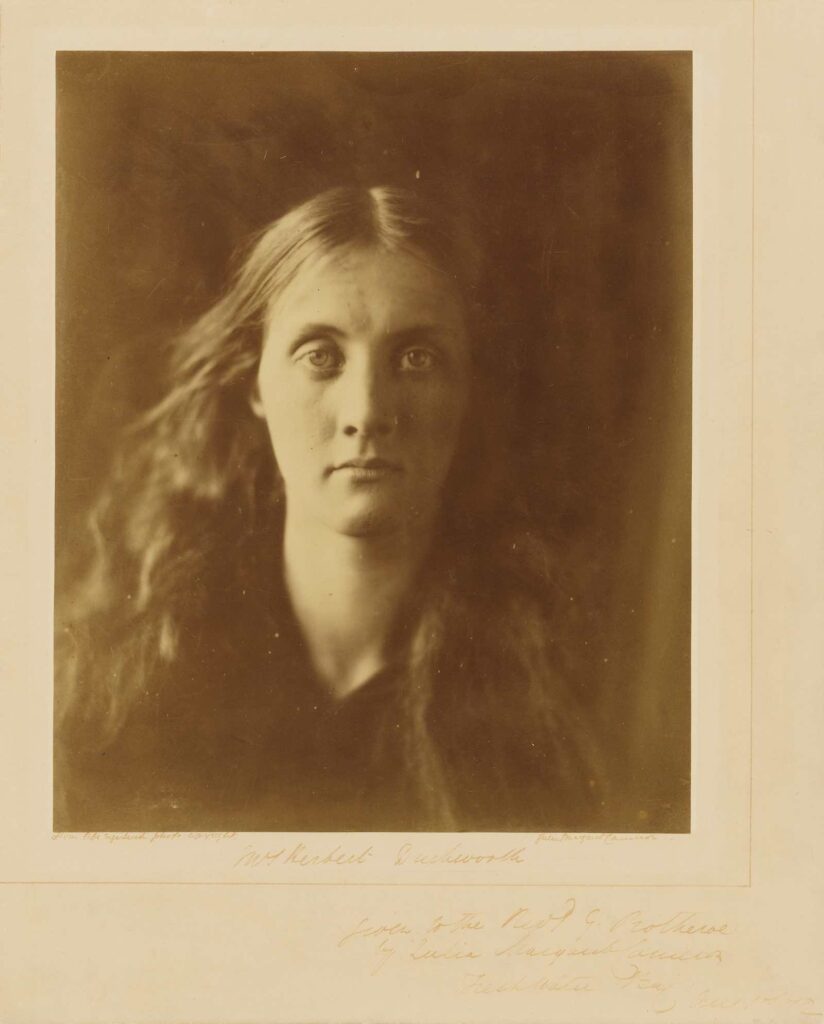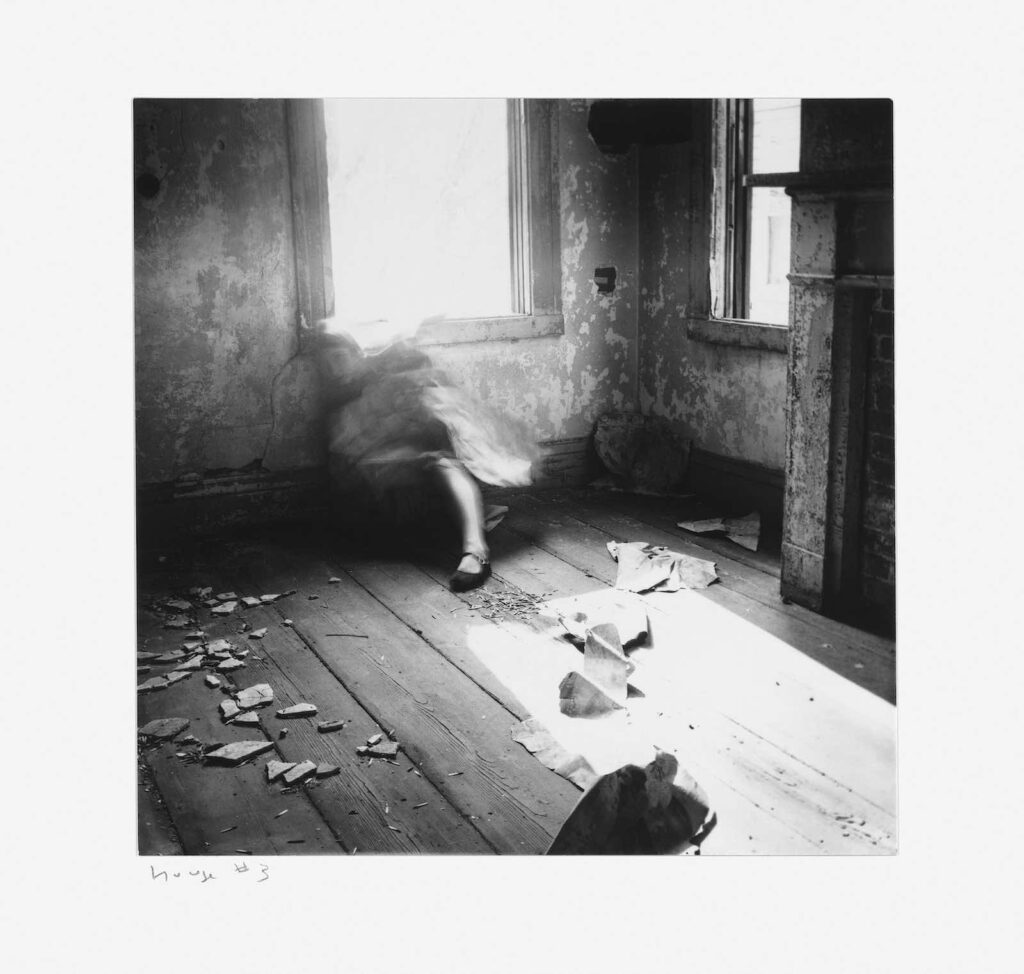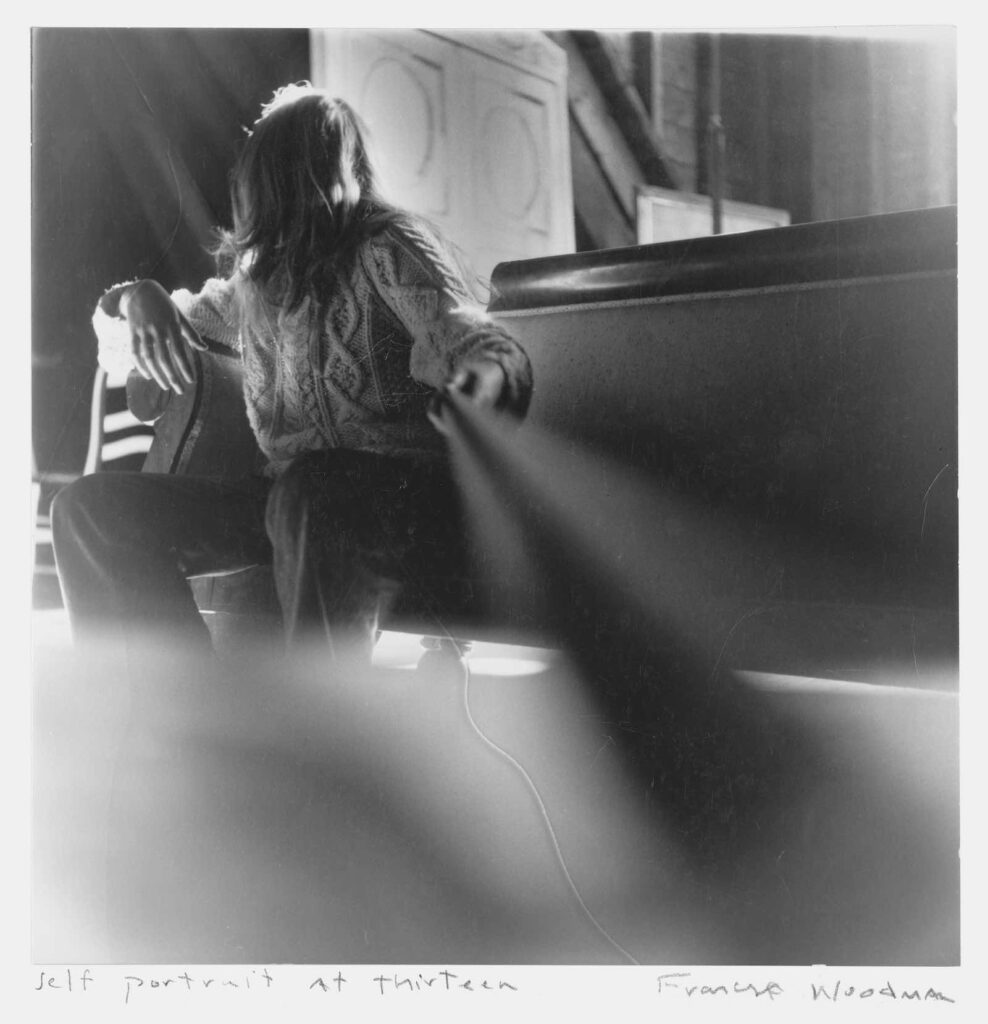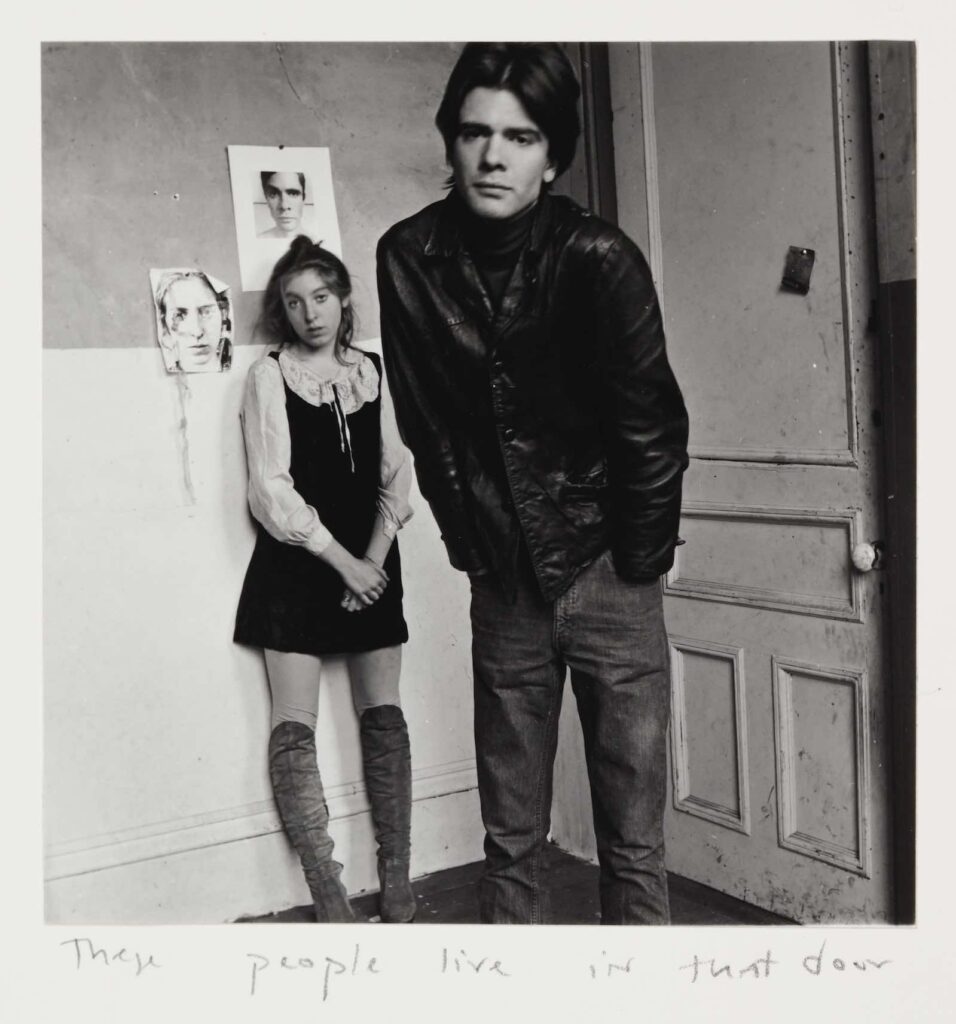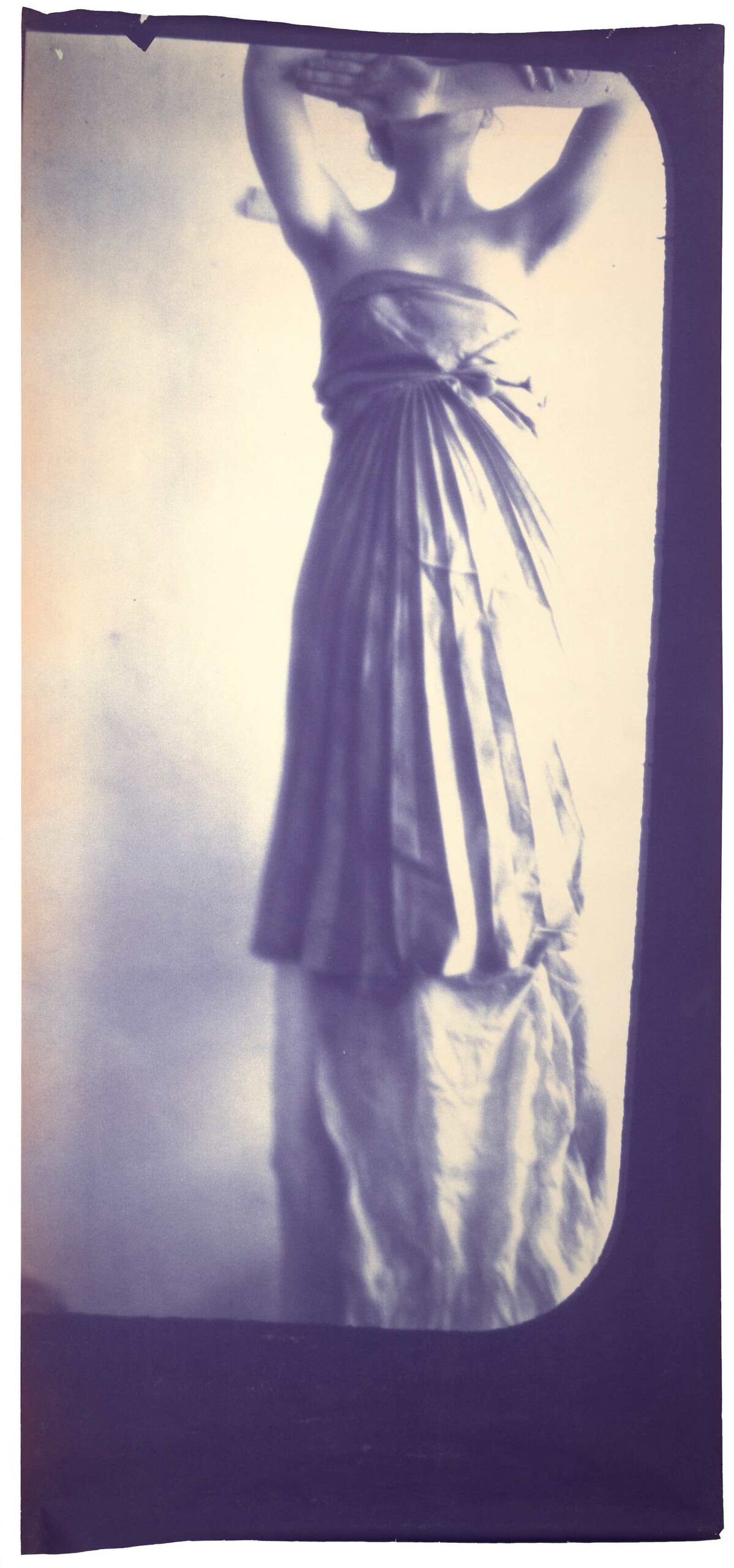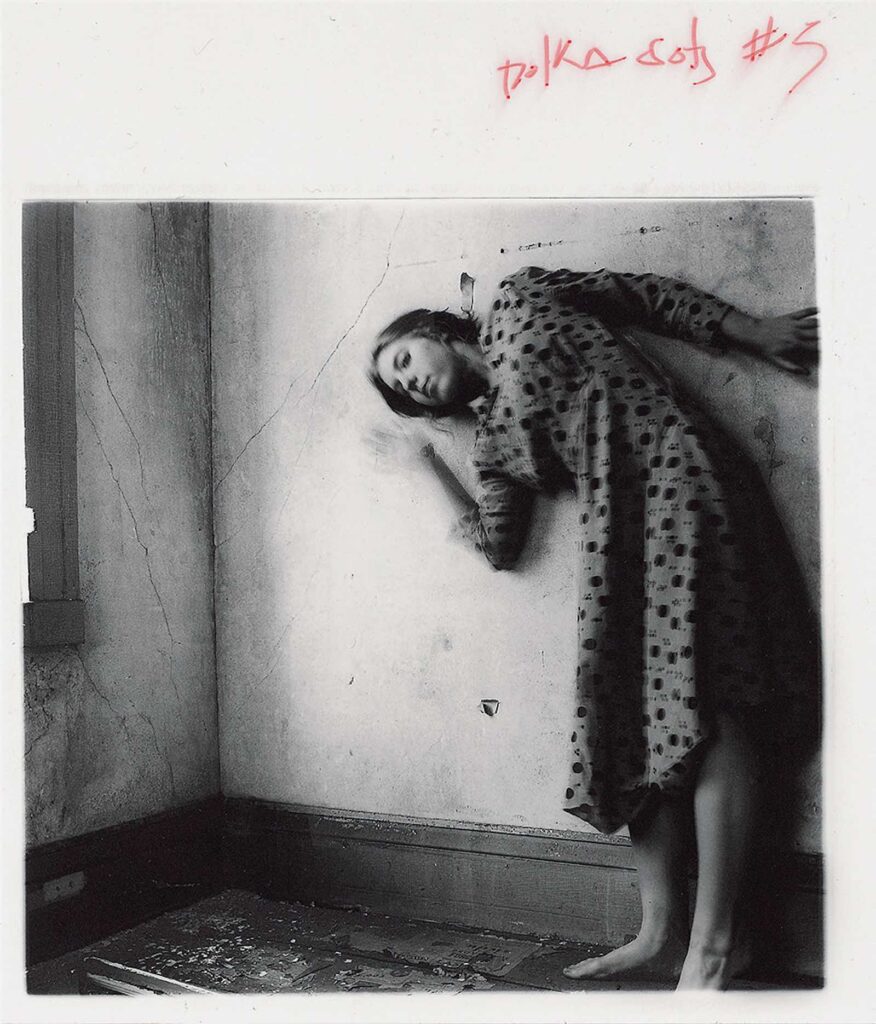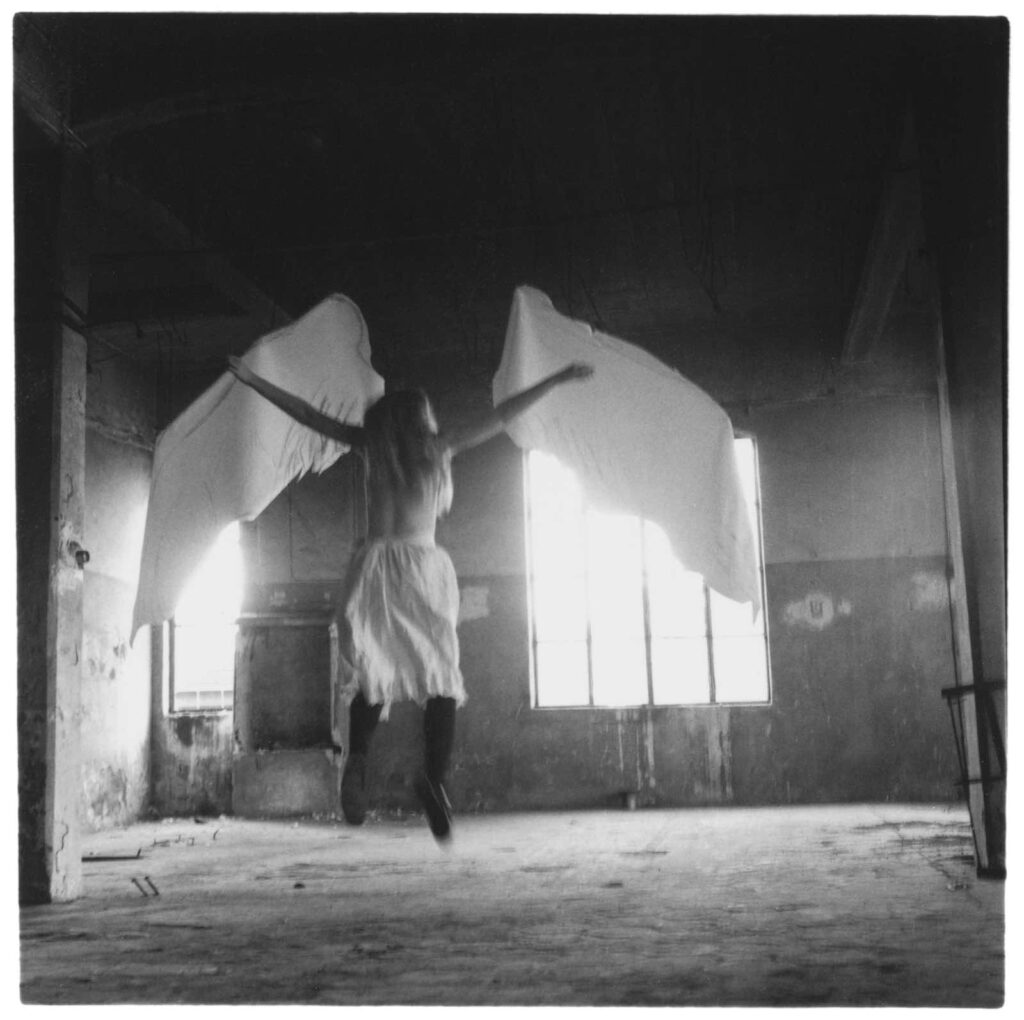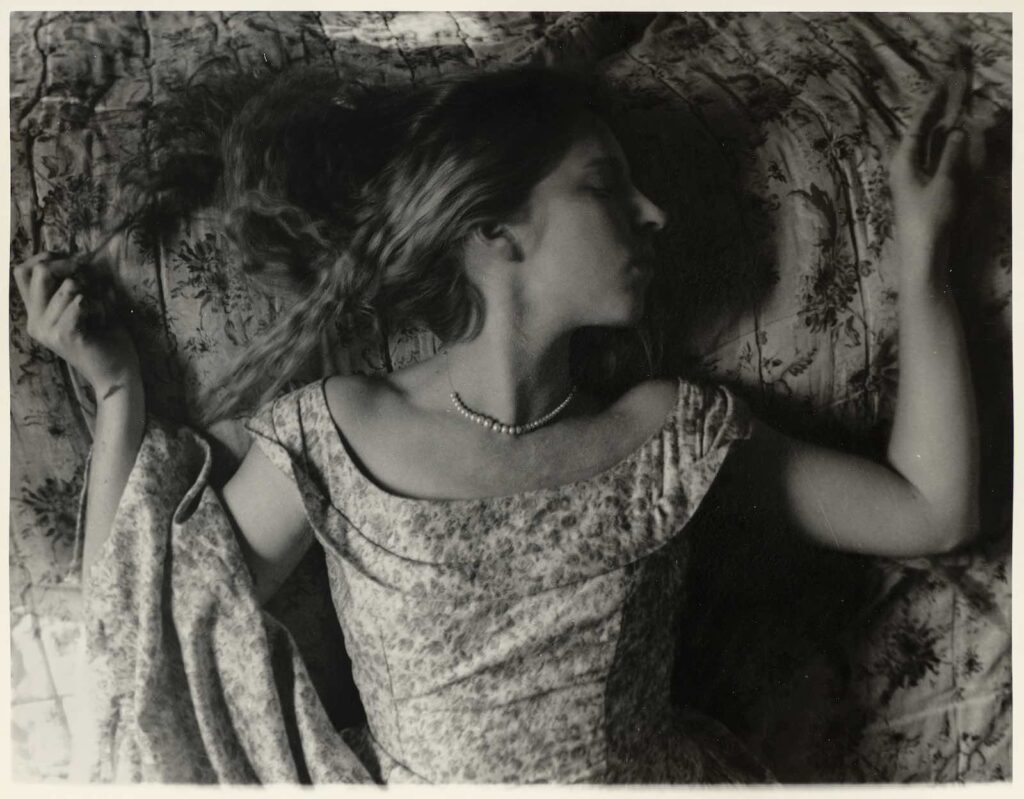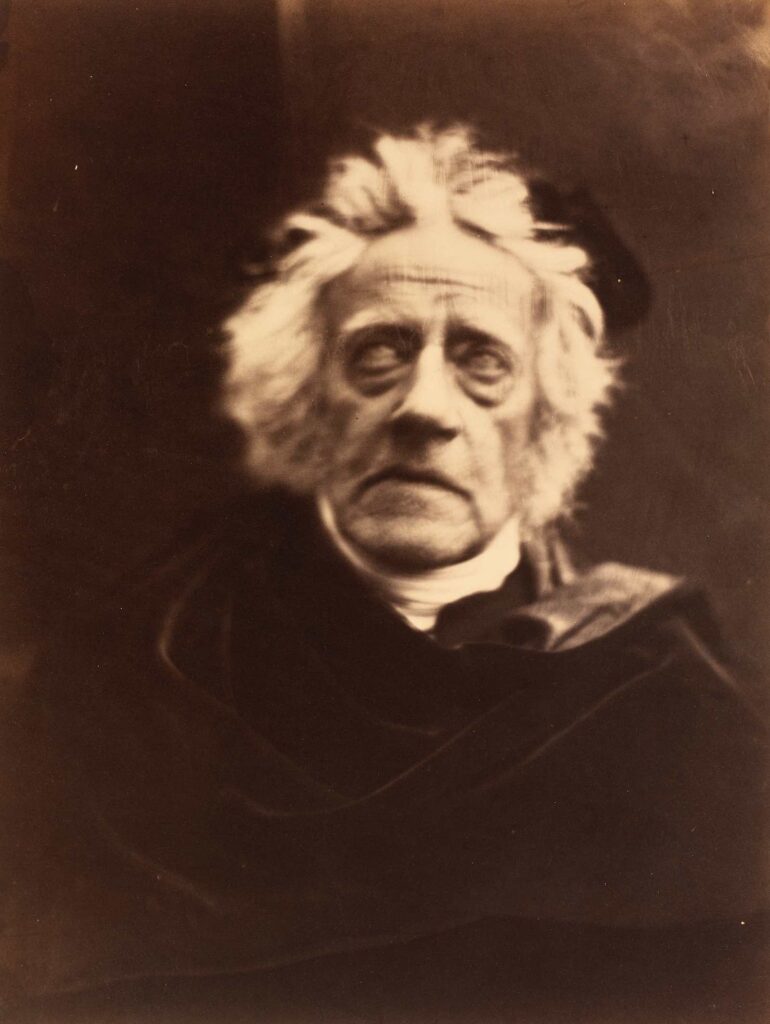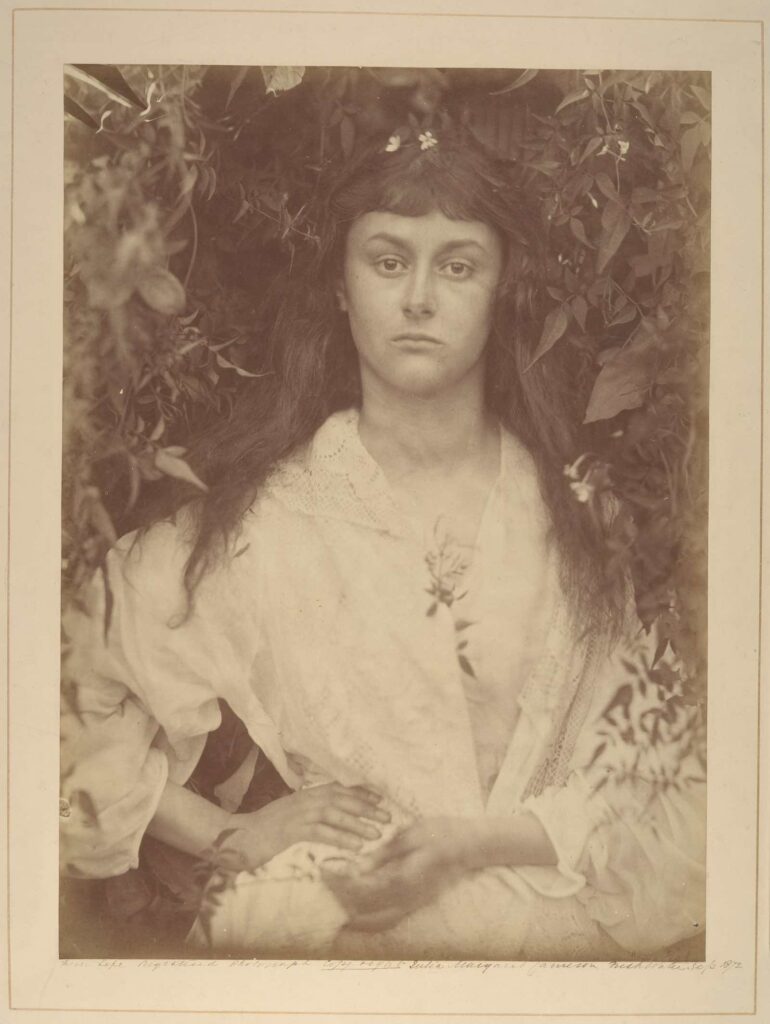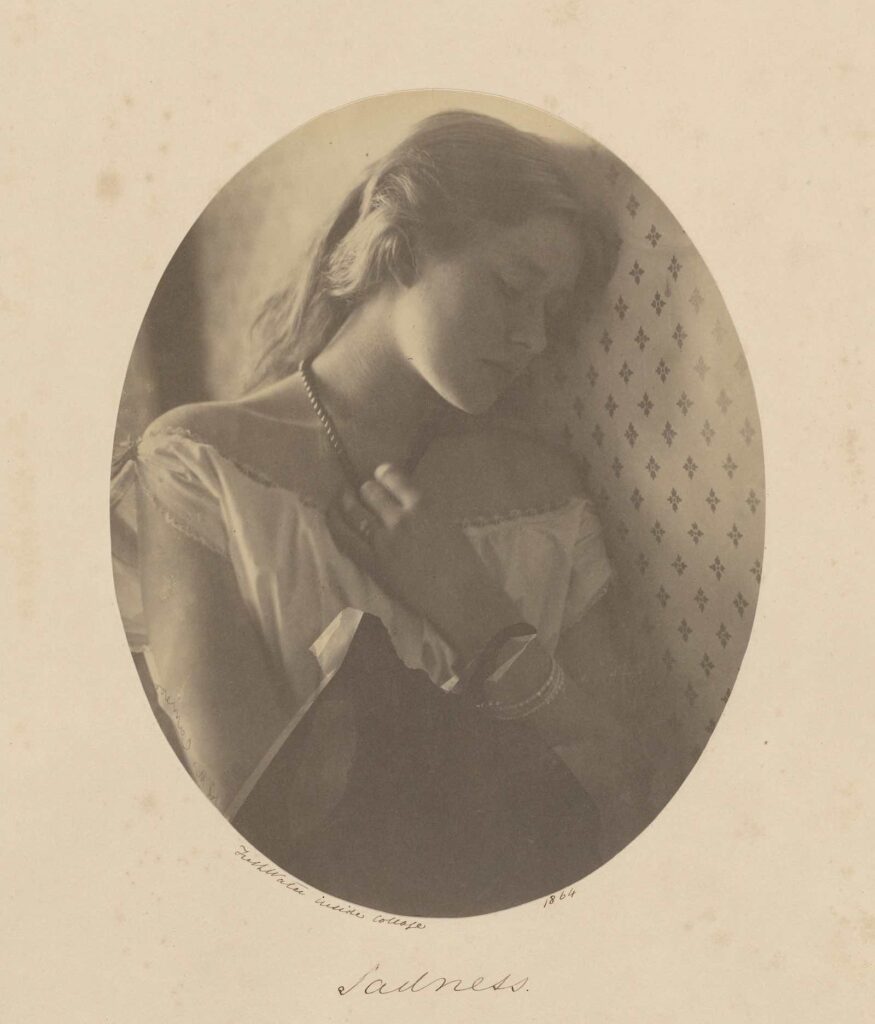Francesca Woodman and Julia Margaret Cameron: Portraits to Dream In
at The National Portrait Gallery From 21 March until 16 June 2024
Trailblazing photographers Julia Margaret Cameron and Francesca Woodman pushed portrait photography into new and exciting terrain. Although they lived and worked over a hundred years apart, the juxtaposition of their work precipitates a fresh perspective. Currently open at the National Portrait Gallery, Portraits to Dream In — a title taken from a quote by Francesca which emphasises the dreamlike, otherworldly qualities characteristic of both artists’ work — succeeds at generating a state of reverie.
On display are over 160 original prints, several of which have never before been published or publicly displayed. They are breathtaking. White walls have been ditched in favour of mellow muted tones which shift and fade across the space: the perfect scenery for quiet rumination. This works well with the pensive inwardness characteristic of both artists’ works, which allows the viewer to peer into a new space and experience a conjured environment removed from time.
An intriguing choice has been made to exhibit these two artists in the same space. Julia Margaret Cameron (1815-1879) was a British photographer who spent much of her life in Kolkata, India. She began photographing at age 48, having been gifted a camera by her daughter. She is renowned for her production of soft-focus portraits, depicting notable members of Victorian society; for example, her celebrated 1867 portrait of John Frederick William Herschel titled ‘The Astronomer’ which can be seen in this exhibition.
Julia is also well-known for her representations of characters from mythological, religious and classical literature, such as her emotionally charged portrayals of the story of Vivien and Merlin. Her theatrical, sensitive and experimental approach to photography set her apart from her contemporaries and rendered her a highly influential figure in the story of photography.
Francesca Woodman (1958 – 1981) was an American photographer who, between the ages of 13 and her death at 22, used traditional photographic techniques to create images that were exploratory and performative. She often drew from themes and symbolism in literature and folklore. Francesca was generally the sole subject of her works; she frequently employed long exposure techniques to capture her own body in moments of transience—constantly obscured, blurred, hidden, fragmented, moving, exploring, evanescing.
Most characteristic of Francesca’s practice are small, square, monochromatic prints which suggest the fleeting passage of time and the boundlessness of the self. Many of these prints can be viewed in Portraits to Dream In, such as the 1976 images ‘Space2’, ‘Polka Dots #5’ and ‘House #3’. These images depict Francesca’s blurred form flitting through dilapidated interiors, as though separate from the material world.
A conscious decision has been made to steer away from biographical curation; instead, the selected pieces have been arranged using a thematic approach, grouping the artists’ works into ideas and motifs which came to feature prominently within their oeuvres. Transitional themes progress viewers through the space: ‘Declaring Intentions and Claiming Space’; ‘Angels and Otherworldly Beings’; ‘Mythology’; ‘Doubling’; ‘Nature and Femininity’; ‘Caryatids and the Classical Form’; ‘Men’; and ‘Models and Muses’.
The exhibition focuses heavily on the similarities between Julia and Francesca’s works. Some are striking and thought-provoking, such as both artists’ propensity to prove femininity via mythology, literature and scripture. Other similarities seem a little incidental, such as the shared visual motif of an umbrella. It is challenging to consider whether the decision to exhibit both artists in tandem is an enhancement or hindrance to the viewing experience. Both artists, though their photographic careers were both shorter than fifteen years, were utterly prolific in their picture-making, pushing boundaries with distinct visual vocabularies. It is no doubt that both are deserving of retrospective exhibitions in their own right.
However, this shared exhibition is a fresh and innovative approach to the display of these works. Both artists were photographic pioneers, who engaged in portraiture beyond its documentary capacity; this tandem exhibition, with its thematic approach, provides a new and invigorating perspective through which either artist’s work can be understood.
Furthermore — as with any visual media, the culture of photography is never fixed; since its conception, its uses and mechanics have constantly changed. While experiencing both artists through their similarities may limit one’s ability to become fully subsumed in either artist’s work, and the nuances, influences, motivations and idiosyncrasies which make either one so extraordinary, it is interesting to place these artists side by side and consider the qualities that intertwine them.
It is a real treat to view original prints as opposed to reproductions, as this allows one to more readily consider the picture making processes involved. Highlights of the exhibition include Francesca’s ‘Caryatids’ — three atypically large diazotype prints, inspired by the eponymous ancient Greek sculptures of women which acted as temple pillars.
Equally must-see are Julia’s iconic mythological scenes, wherein various sitters embody iconic figures such as Daphne, the Cumaean Sibyl, and Elaine of Astolat. Her representation of Alice Liddell as the Roman goddess Pomona, encircled by foliage, is particularly arresting. Francesca’s artist’s books are another real highlight, having never previously been exhibited in the UK. These provide enlightening insight into the artist’s working practice.
Two photographic game-changers, Julia Margaret Cameron and Francesca Woodman have established legendary status in the history of photography. Overlapping in certain features yet both one-of-a-kind, this exhibition ultimately succeeds in letting both of their talents shine. Intimate and compelling, Portraits to Dream In is absolutely worth visiting for all with an interest in portraiture and photography.
By Ally Bartley


